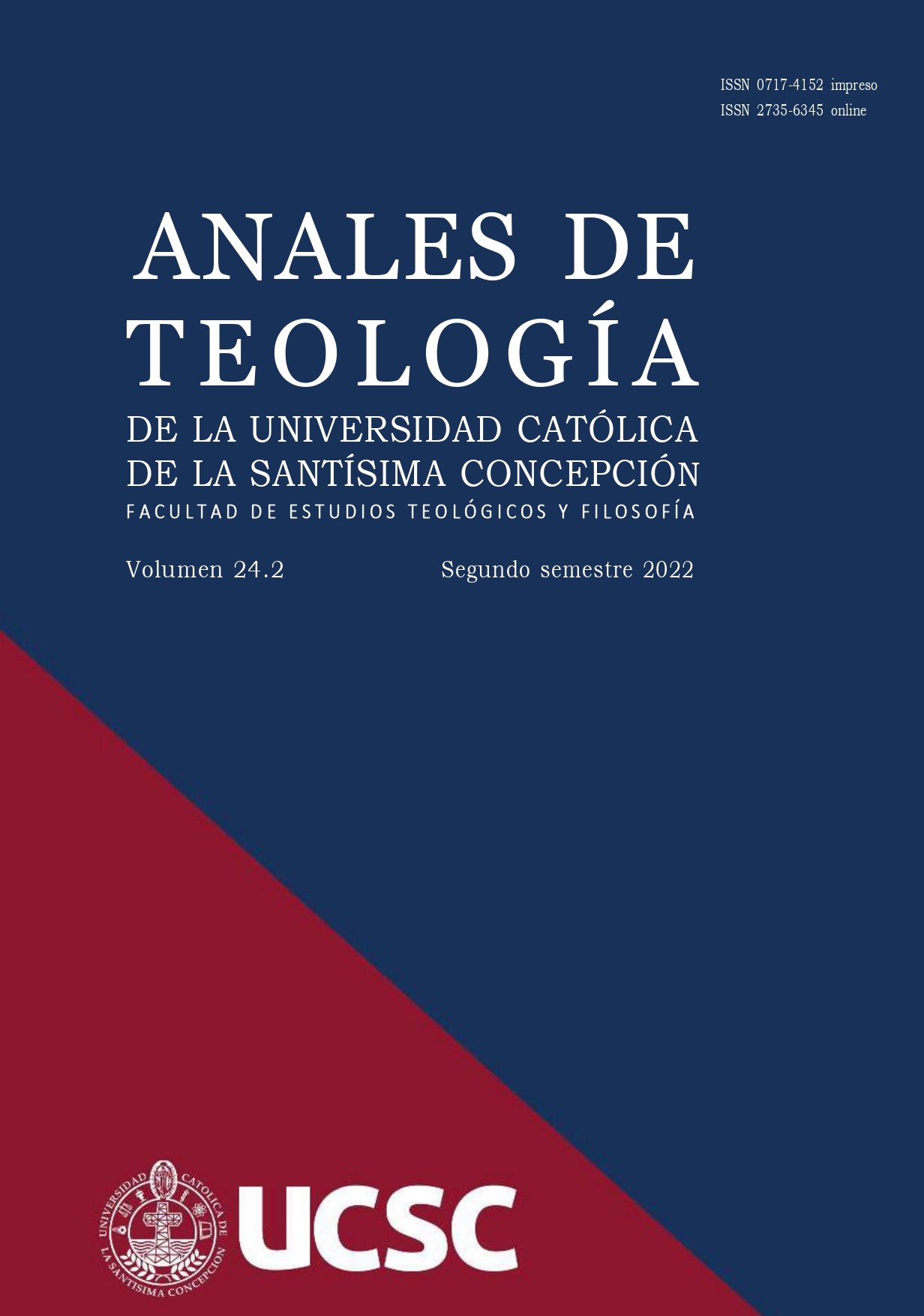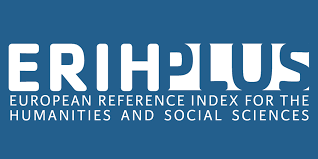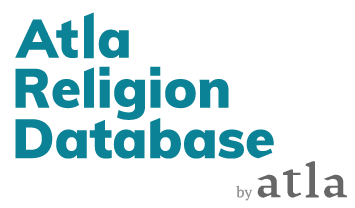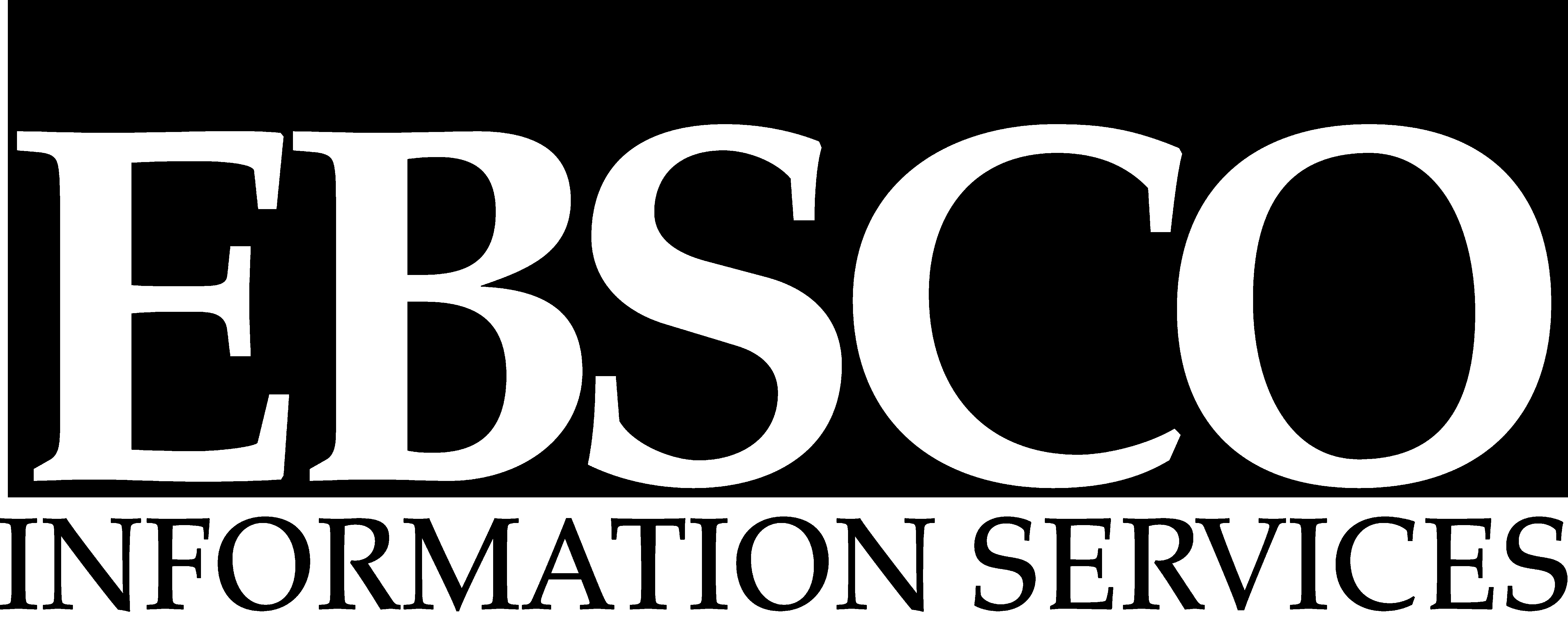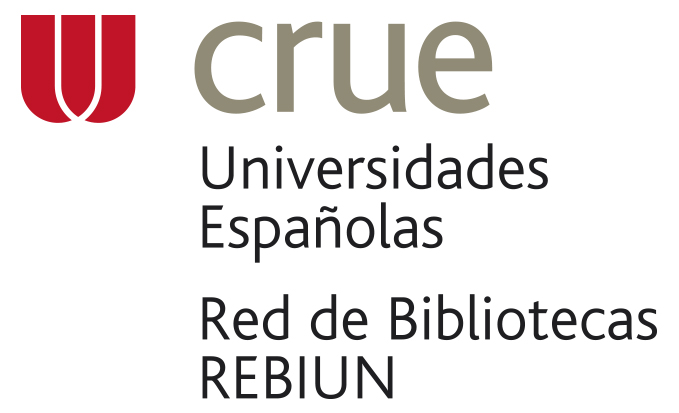ENTRE PLURALISMO CULTURAL Y CRISTIANISMO THEORY OF AESTHETIC RESPONSE, CONTEMPORARY WORLD AND FAITH. A KEY TO THE DIALOGUE BETWEEN CULTURAL PLURALISM AND CHRISTIANITY
DOI:
https://doi.org/10.21703/2735-634520161821874Keywords:
Cultural pluralism, literary theory, aesthetic response, Bible, contemporary worldAbstract
Conversations around Christianity as a form of monotheist and traditional religion, are problematic today. Any way of referring to Christianity is permeated by criticism, rejection or indifference before any totalizing basis of reality. This situation, which accommodates only pluralistic positions, is due to the failure of the great modern projects that gave meaning, such as nationalism, socialism and progress, which have failed on their attempt to solve the question of man. For Christianity, God’s revelation lies on the scriptures, the Bible would be the key to establish its particular ethos as a religion. For this reason, it is urgent to revalue it before a pluralistic context, gathe-ring the characteristics of the contemporary world on one hand and the qualities it possesses as a text on the other.In this sense, this research proposes Wolfgang Iser’s theory of aesthetic response as a method of biblical analysis, as it could validate the possibility for the existence of several interpretations of the Holy Scriptures, which constitutes a first point of approach between pluralism and the Christian faith.
Downloads
Downloads
Published
Issue
Section
License

This work is licensed under a Creative Commons Attribution-NonCommercial 4.0 International License.
The Anales de Teología is an open access journal and does not charge for publication. In addition, it regulates its Copyright and access policy according to the Creative Commons Attribution-NonCommercial 4.0 International Public License (CC BY-NC 4.0), therefore sharing (reproducing and distributing the material in any medium or format) and adaptation (modifying, transforming, and creating from the material) is allowed as long as proper credit is given and the citation is included with the corresponding data. Moreover, it is not allowed to use the material for commercial purposes.
